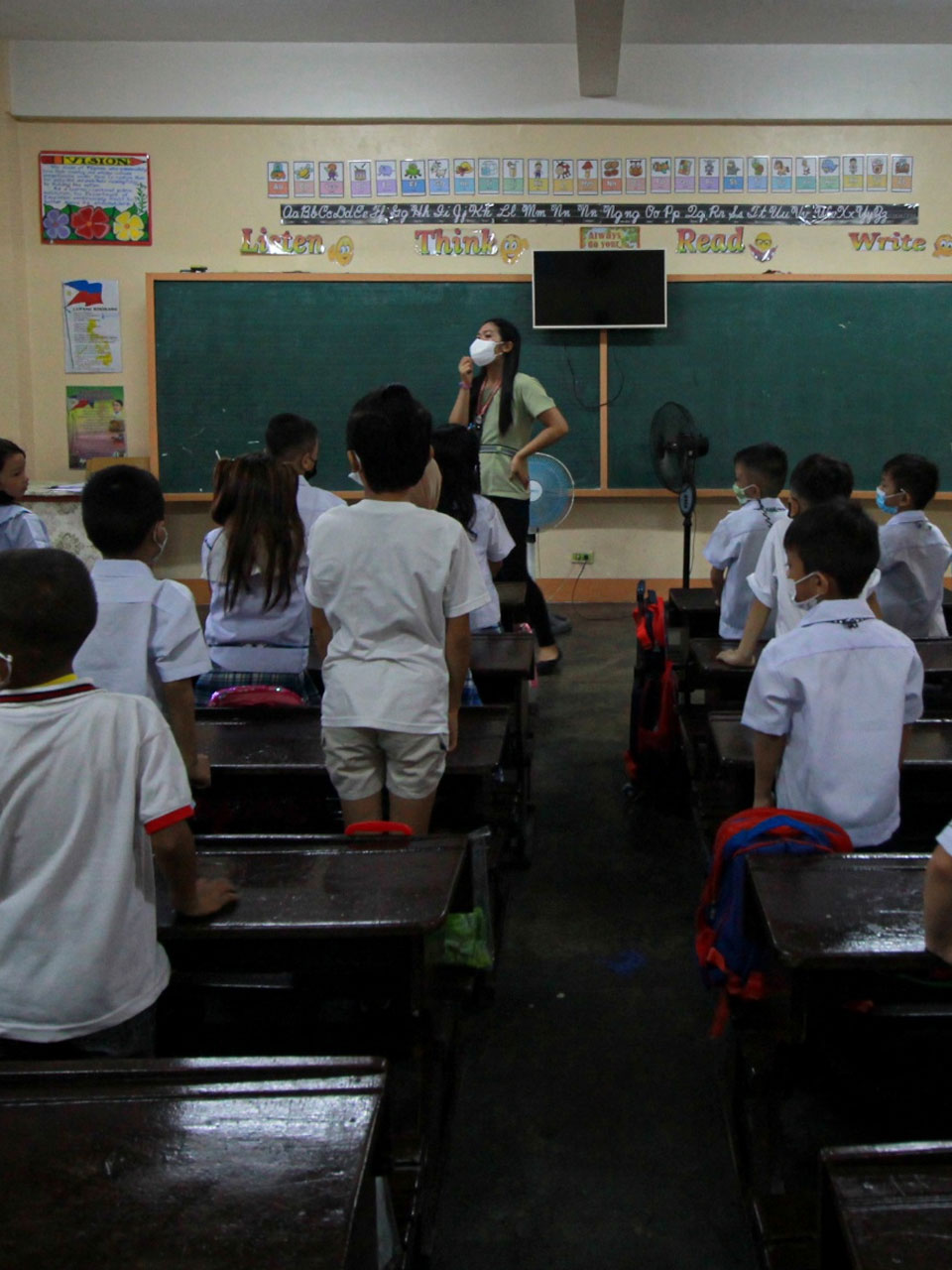For best experience, use Nutshell app on your smartphone.
5:46 pm on 23 August 2022, Tuesday

By Raheema Velasco
A day after the official start of the school year 2022-2023, the Alliance of Concerned Teachers’ (ACT) Philippines stressed that the classroom shortage experienced by various schools nationwide remains unsolved.
“Many classes have no proper classroom or still has no classroom as in the case of Pasay City West High School wherein some classes are held at the school gymnasium,” ACT said in a statement.
Last July, Vice President and Education Secretary Sara Duterte released an order banning all schools from implementing “purely distance learning” and blended learning after October 31.
Yet the teachers’ organization noted that some schools are conducting classes with 50 to 60 students in one classroom, contrary to minimum health standards of one meter apart with only 18 to 21 students per classroom.
“The most basic needs so that classes can be conducted – classrooms, chairs, and teachers, are poorly met. What more of the more substantial needs?” said Vladimer Quetua, chairperson of ACT Philippines.
Overcrowded schools are mostly from National Capital Region, such as Urduja Elementary School and Horacio dela Costa High School in Caloocan City; Bignay National High School in Valenzuela; Sto. Niño National High School in Paranaque; Carlos Albert High School, Batasan Hills High School, Culiat High School, San Bartolome High School, and New Era High School in Quezon City.
The same situation is experienced in Tarlac National High School, Brgy. Pinugay Elementary School in Rizal, Naga City School of Arts and Trade, Brgy Singcang-Airport National High School in Bacolod, Baungon National High School in Bukidnon.
Last August 10, DepEd admitted that based on the survey among regional offices, there is a shortage of around 91,000 classrooms for the opening of classes this year.
DepEd Undersecretary Epimaco Densing III said that they would conduct shifting schedules (morning and afternoon) to address this problem, expecting that the shortage will go down to 40,000.
Temporary learning spaces
ACT also pointed out that some schools now use public spaces as alternative classrooms. Curva Elementary School in Cagayan converted the school gymnasium, Home Economics room, and computer laboratories to regular classrooms.
A school in Lagonoy Camarines Sur utilized the condemned Marcos-era building, while a school in Bien Unido Bohol is still using the typhoon-damaged classrooms to conduct classes.
Nine classes in Balogo Elementary School in Camarines remain to have no classroom to use, the organization noted.
DepEd earlier admitted that due to classroom shortage, they would partner with the private sector and the local government to utilize basketball courts and tents as temporary learning spaces for the students.
ACT continues to call on the Marcos administration for immediate and decisive actions to address shortages in education (teachers and classrooms), ensure school health and safety, allocate sufficient funds, and implement a clear and evidence-based education recovery program.